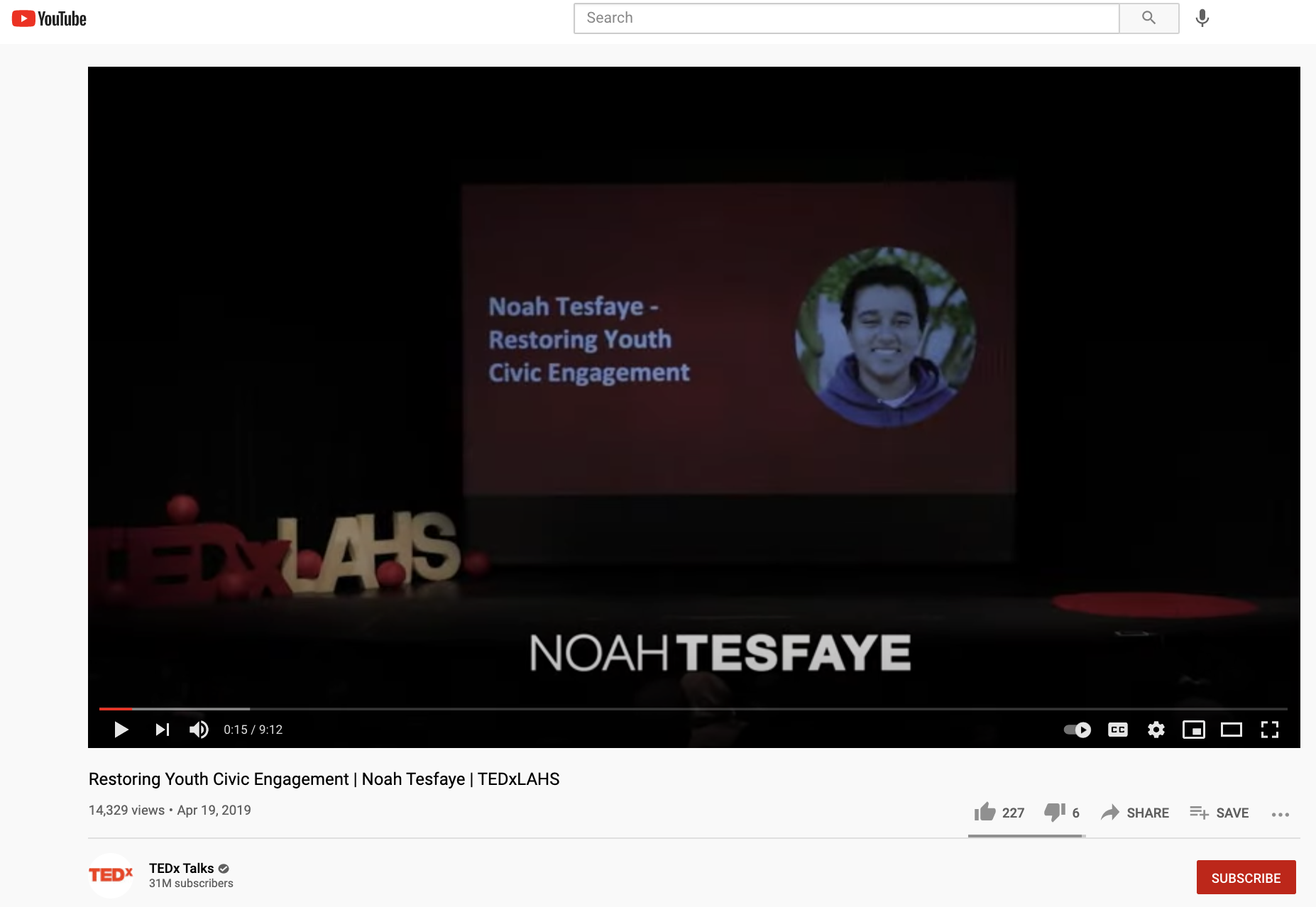I found on YouTube a video with the candidates out the last campaign for folks to join the Discovery Bay CSD (https://www.youtube.com/watch?v=2yAIDk_1xEo). And I listened intently. And I was grateful for these folks to take up the mantle of helping the community. And I was uninspired.
Uninspired sounds harsh, but I had been listening to ideas shared by folks looking at “civic engagement” and the spirit of the talks contrasted, starkly, with the tone of “local politics.” Especially when I compare the ideas at work in the campaigns relative to say Ben Warner’s chat about “new models of civic engagement,” (https://youtu.be/NpCzIniPZDU\) where he pulls forward a quote from de Tocqueville. I was asked to read it in college and I of course read de Toqueviule diligently but didn’t yet own the life experience to make sense of it. The quote Warner pulls from de Toqueville’’s reads: “The health of a democratic society may be measured by the quality of functions performed by private citizens.”
Or when I listen to Cyd Harrell’s chat about “civic engagement through design,” (https://youtu.be/hCuNWIDN9zg) where she surfaces how people in the community and the local government are on the same team — but the user experience of government looks and feels old and adversarial; rather than compassionate, welcoming, and inclusive. The design of the interface between people, communities and the local government feels like the right place to look at engagement. The part of me trained in technology, design, and product management — a career focused on it — has seen how such design choices can make al;l the difference.
That said, who am I to judge. I mean I am a gen-Xer who looks at community and government through a lens of punk rock and reality TV. My generation. is now getting older — and we are moving into our 50s carrying a life experience that is dominated by accepting that the system is rigged. And we’re used to watching a rigged system work harder at hiding its rigging than it does at work to grow communities, nurture economies, or other such mission-driven outcomes.
This is on account of what Jeremy Heimans in his chat on “public engagement in the 21sty century” (https://youtu.be/3Qa4RN_D7Hs) calls “old power” — folks like me see local government and local politics from the lens of our youth. A bureaucratic favor-driven, largely corrupt, provincial cabal, of backward thinkers. That’s how we grew up looking at our local politicians.
In contrast, many of us found in ‘punk rock” and “reality TV and in the private sector a set of work colleagues who embraced what Heimans calls “new power.” New power embodies much more of what I, and others like me, have experienced in the private sector. The promise of the chat is that this transparent, crowd-sourced way forward has happened, is happening, and in a localized way inside of certain businesses is growing.
This cross-over experience of new power and new models for people engagement led me to Roxane White’s chat about “why citizen engagement?” (https://youtu.be/IwWuLSw-MvI) where she leads with several tenents of new government of which the first is most powerful: “taxpayers have to be seen as customers.”
If this tenant, customer-centric government, is accepted a priori as the most important thing to be true, many consequent actions, decisions, and approaches become purposeful. Complaints are a gift. Outcomes need to be projected and measured, and made visible. Planning and strategies have to be specific about what citizens every effort is intended to serve. The ideas and plans with the most beneficial outcomes with the lowest costs relative to the investment/outcome will win the day. Budgets become civic expressions of the values of the community.
All of this is to sell myself on becoming more active in local politics, in the local community. I’m working hard to erase the assumption “it will do no good.” I have focused my career in the private sector on improving the world by democratizing access to education — primarily through expanding access to education through the Web.
As a young teacher, before I became a technologist, I was teaching in Barrow, Alaska; I started a small project associated with the Breadloaf Teacher Network. I was struck by how students across the United States and the world might have different levels of learning and that using the Web, some of the inequalities of learning, including exposure to difference, might be addressed via the Web.
The project was called Walking in Two Worlds and brought into conversation in cyberspace a half dozen classes around the country in an authentic reader-response model (https://files.eric.ed.gov/fulltext/ED461451.pdf). As a young teacher, I was struck by Dewey’s many ideas about education and America, but none more profound than the ideas in Experience and Education, including, “The most important attitude that can be formed is that of desire to go on learning.” The Web and the structuring of learning using the Web and all of the possibilities of the Web — plus Educational models — seemed to me like the biggest possible boon in learning since Guttenberg.
After my departure from teaching to technology, my work in product management has focused on a customer-back (learner-back), scalable way of looking at learning systems. I’m proud that a majority of U.S. Citizens have likely used one of my products during the course of their academic or adult life. My efforts in the private sector don’t erase my lackadaisical attitude toward voting and civic engagement.
So here I am looking at the schedule (https://www.facebook.com/Town-of-Discovery-Bay-276427029053724/events) for the Discovery Bay Community Services District — there are two meetings this week. I’m asking myself, am I really going to do this? Am I really going to make the time in what I think is my already hectic life to participate? To engage? To do my part and be a good customer of my Community Services District? That’s the plan.






More inspiration on “civic engagement” in the carousel above.
